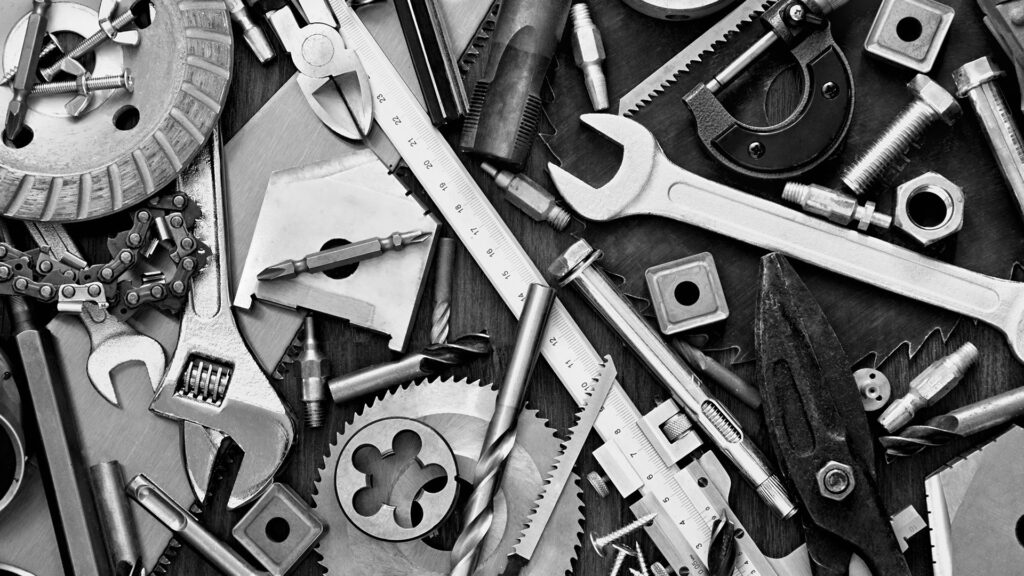Design & Developed by Themeseye

The manufacturing industry relies on various tools and equipment to shape and form materials into finished products. Two terms that are often used interchangeably but have distinct meanings are a tool and die. Understanding the difference between the two is essential for anyone involved in the manufacturing process. In this blog, we will explore the characteristics of tools vs. dies, their unique features, and the significance of the difference between the two in the manufacturing process.
A tool is a device used to perform a specific function in the manufacturing process. It can be a handheld tool, like a wrench or screwdriver, or a machine that performs a specific task, like a lathe or drill press. In the context of manufacturing, a “tool” is typically a piece of equipment used to shape, form, or assemble materials.
A die is a specialized tool used in the manufacturing process to shape and form materials. Dies are typically used to create specific shapes, such as holes or threads, in metal or plastic parts. A custom metal stamping die is also used in stamping operations, where it’s used to cut and shape metal sheets into specific shapes and sizes.
While tools and dies share some similarities, there are some key differences that set them apart. Here are a few of the most significant differences between a mechanical tool and die.
The primary function of a tool is to perform a specific task, such as cutting or drilling. The primary function of a die is to shape and form materials into specific shapes and sizes.
Tools and dies are designed differently to suit their intended functions. Tools are typically designed to be held and operated by hand or by a machine, while dies are designed to be mounted in a press or machine.
Tools and dies are often made from different materials. Cutting tools are made from high-speed steel while forming and drawing dies are made from hardened tool steel.
While tools can come in various sizes, they are typically smaller than dies. Dies are often much larger, as they are designed to be used in a press or machine for more continuous volume runs.
Understanding the difference between tools and dies is important for several reasons. For one, it can help ensure that the right equipment is used for a specific task. Using the wrong tool or die can result in damaged equipment or materials, as well as increased production time and costs.
Additionally, understanding the difference between a tool and die can help streamline the manufacturing process. By using the right tool or die for a specific task, manufacturers can increase efficiency and reduce waste.
To summarize, tools and dies are distinct pieces of equipment used in the manufacturing process. Though they share the common goal of shaping and forming materials, they are designed and used in different ways. Recognizing the difference between tools and dies is crucial for professionals engaged in manufacturing, as it can ensure that the right equipment is used for the task at hand, resulting in enhanced productivity and minimized wastage. It is imperative to evaluate the specific requirements of a production process and select the appropriate tool or die accordingly. This can lead to optimized manufacturing operations, better-quality products, and reduced costs. In essence, understanding the distinction between tools and dies is a critical component of efficient and effective manufacturing.
Contact Promark Tool & Manufacturing today to learn more.